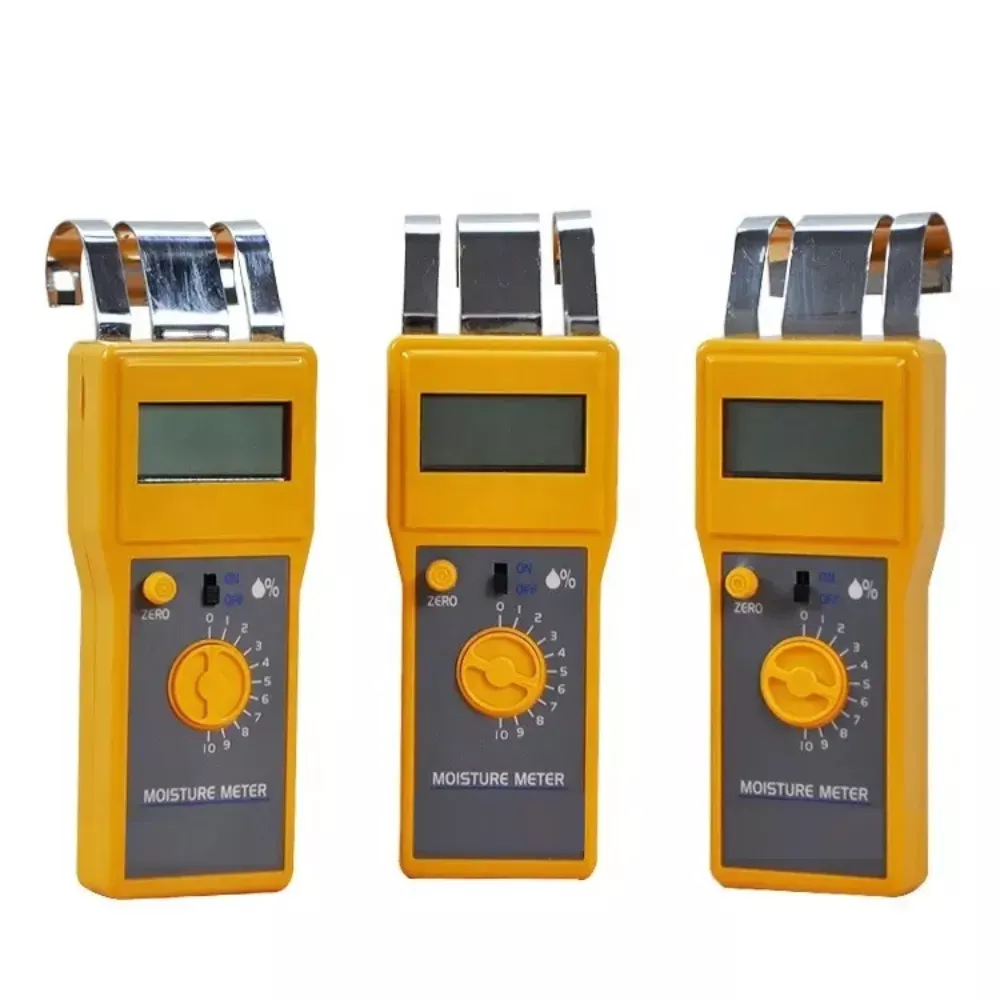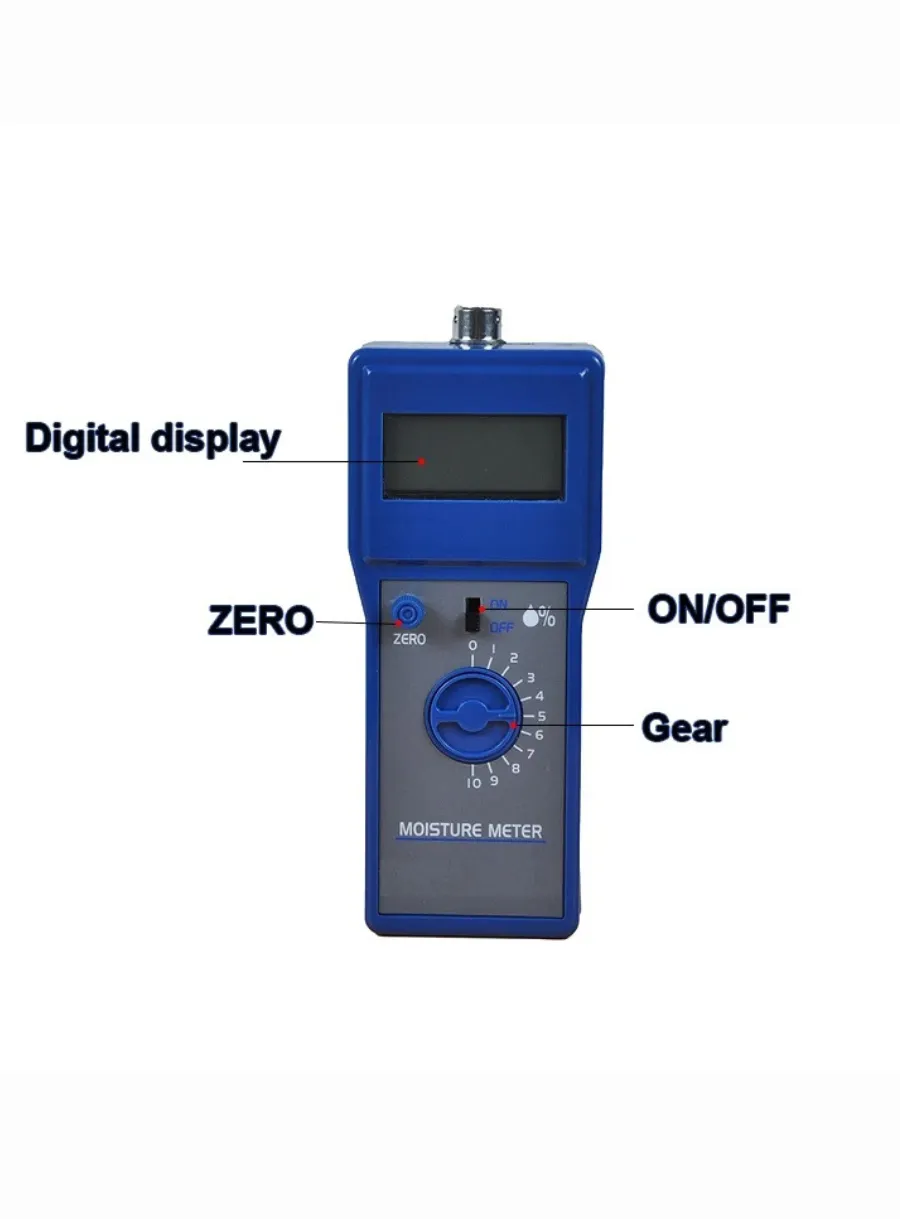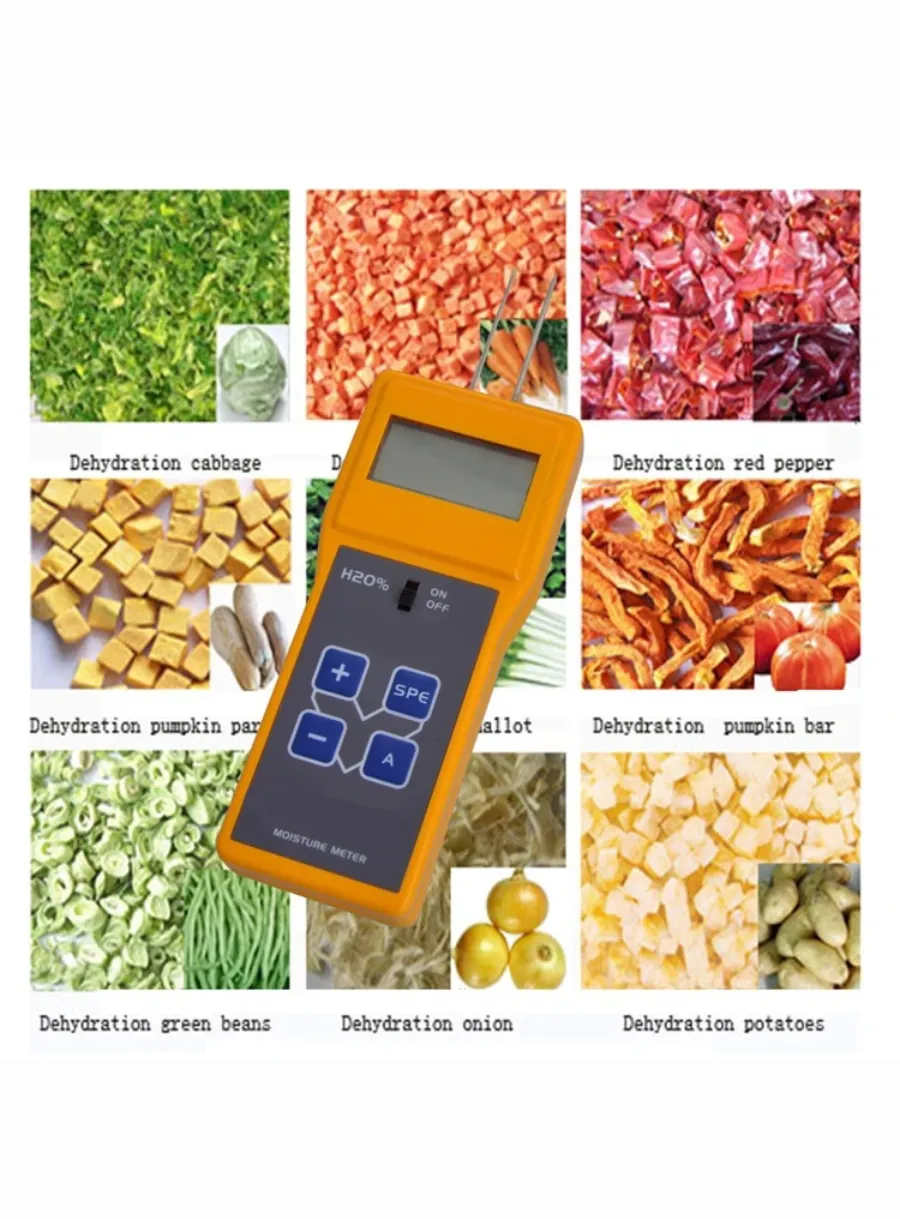
History of Corn Moisture Meters
Table of Contents
The development and use of moisture meters for corn has evolved significantly over the decades. Dr. C.M. “Woody” Woodruff pioneered a chart method for scheduling irrigation in the late 1960s and further developed it into a University of Missouri fact sheet in the 1970s. The original chart was specifically designed for corn planted in mid-Missouri around May 1 and was later expanded to include other crops. These charts, based on historical long-term weather averages rather than current year data, have been popular among farmers for their simplicity, although they can be less effective in extreme weather years.
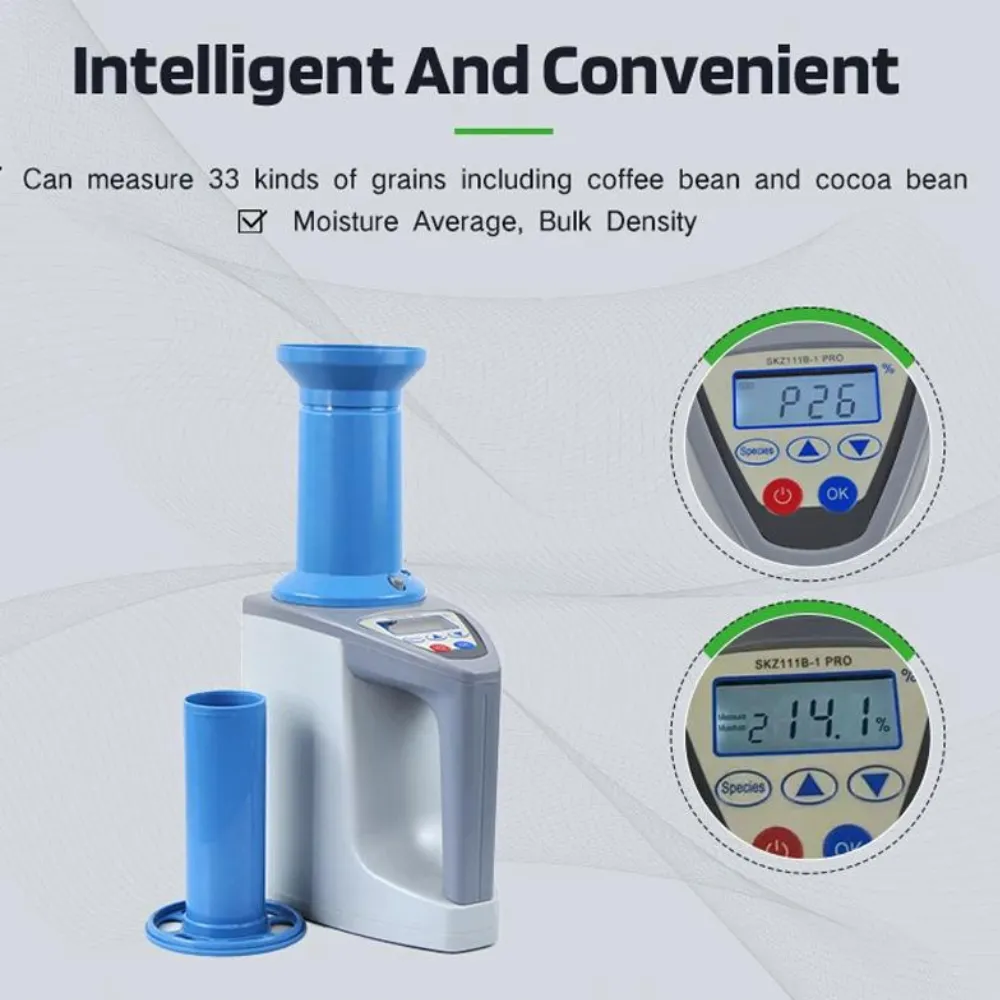
In addition to irrigation scheduling, the measurement of moisture content in grains, including corn, has been a subject of extensive research. Various studies have examined the impact of moisture on the mechanical properties of grains and the performance of different moisture measurement methods. For instance, electronic moisture meters, which measure the dielectric constant of the grain, have been widely used in the grain trade for quick moisture content determination.
The Evolution of Corn Moisture Meters
Research conducted on electronic moisture meters has highlighted the importance of considering factors such as corn variety, mechanical damage, and drying temperature to ensure accurate readings. The meters, including models like Steinlite SS250, Burrows 700, Motomco 919, and Dickeyjohn GACII, have been tested against the official air-oven method on various corn samples to assess their accuracy and precision. Moisture meters are especially critical in preventing spoilage in storage settings and avoiding discounts at elevators due to incorrect moisture levels.
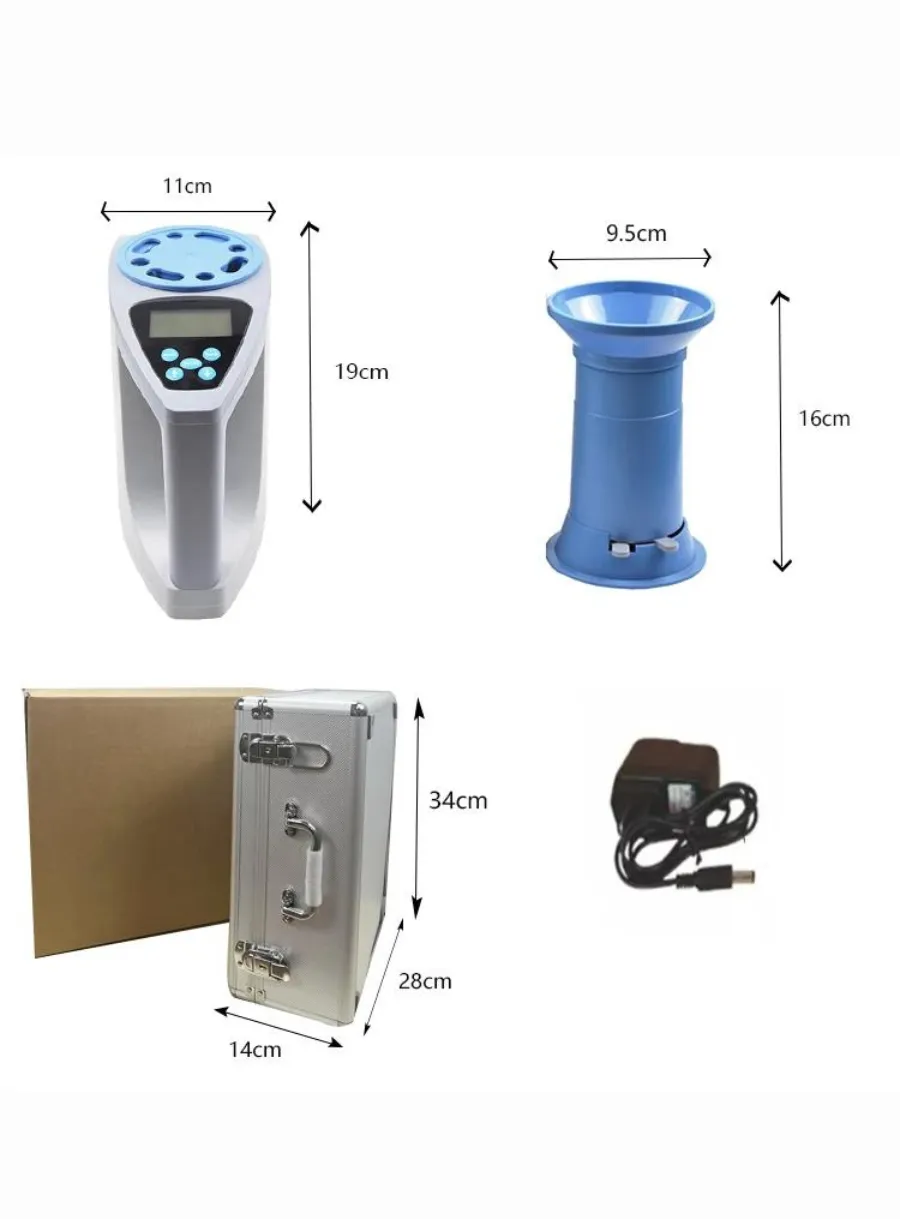
Challenges and Recommendations in Corn Moisture Measurement
However, it has been noted that these meters can provide erroneous readings, particularly for corn coming from high-temperature dryers. To mitigate this, experts recommend testing an initial sample, placing it in a closed container for about 12 hours, and then rechecking to determine the error. Thus, the evolution of moisture meters and irrigation charts reflects ongoing efforts to improve agricultural practices and enhance the quality and profitability of corn production.
Comments
Tags
Frequently Asked Question
Lorem ipsum dolor sit amet, consectetur adipiscing elit. Ut elit tellus, luctus nec ullamcorper mattis, pulvinar dapibus leo.
- Dr. C.M. “Woody” Woodruff developed a chart method for scheduling irrigation in the late 1960s, which was later expanded into a University of Missouri fact sheet in the 1970s.
- The charts were based on historical long-term weather averages rather than current year data, making them popular for their simplicity but less effective in extreme weather years.
- Electronic moisture meters that measure the dielectric constant of the grain have become widely used, but research has highlighted the importance of considering factors like corn variety, mechanical damage, and drying temperature to ensure accurate readings.
- Meters can provide erroneous readings, particularly for corn coming from high-temperature dryers, and experts recommend testing an initial sample, placing it in a closed container for about 12 hours, and then rechecking to determine the error.

